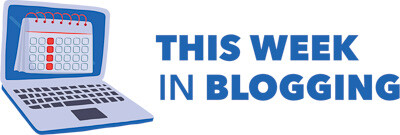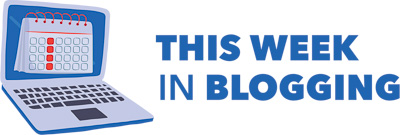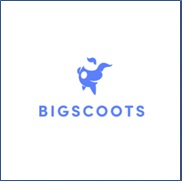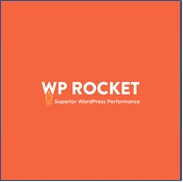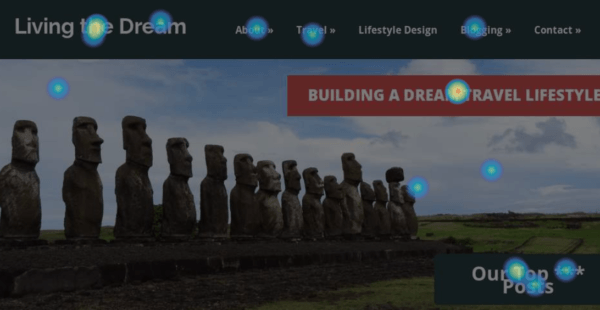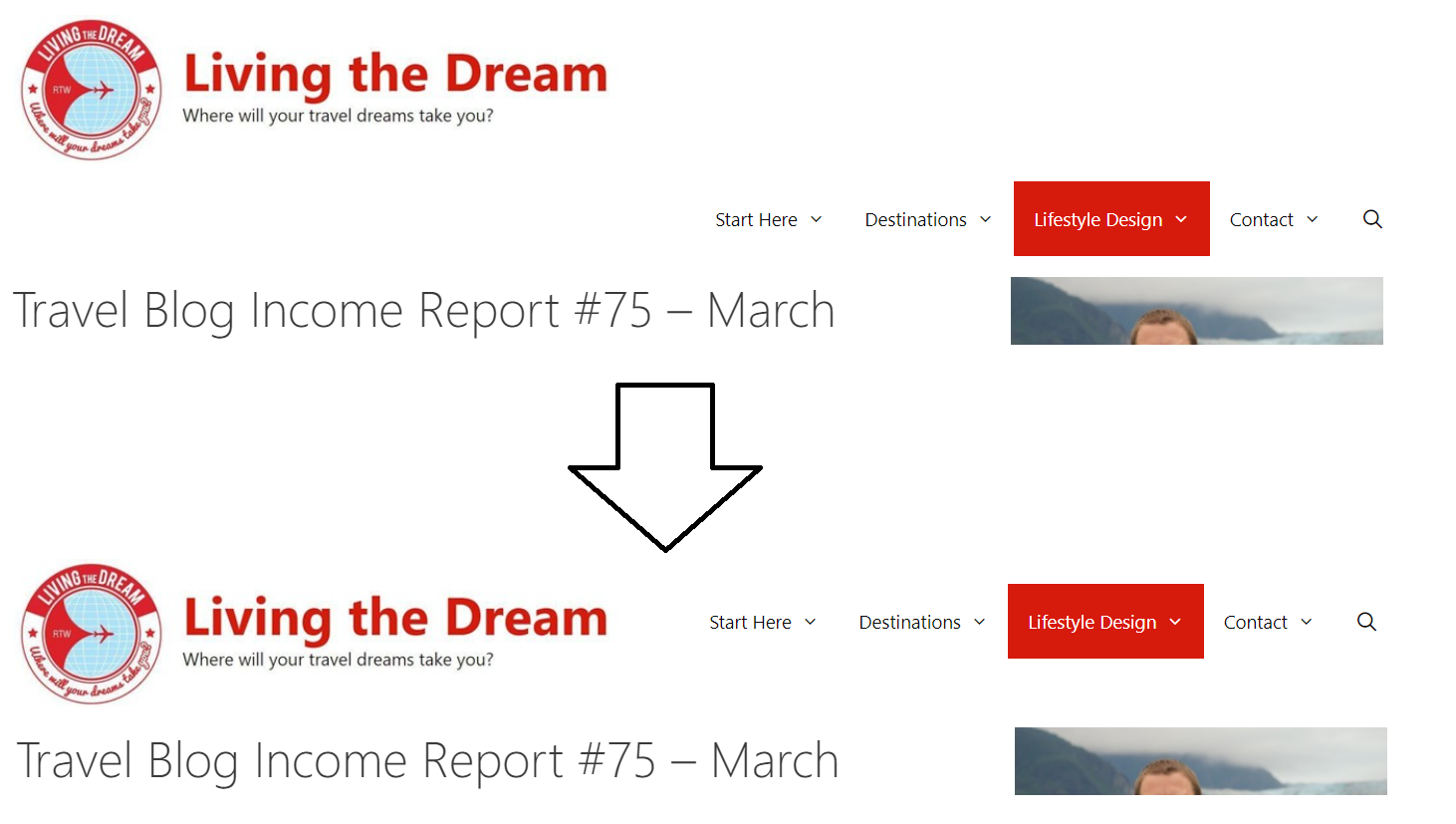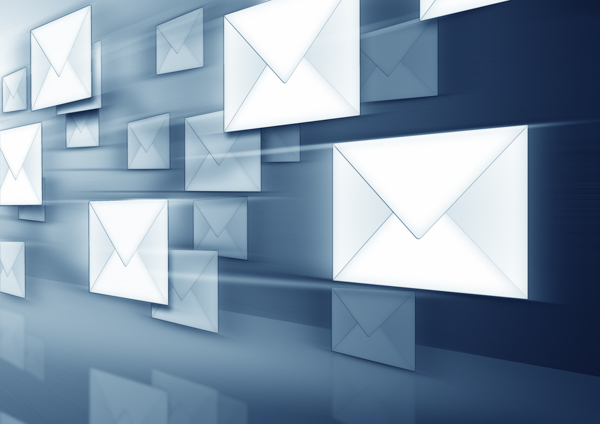Published by Jeremy. Last Updated on February 7, 2023.
Disclaimer: This Week in Blogging uses demographic data, email opt-ins, and affiliate links to operate this site. Please review our Terms and Conditions and Privacy Policy.
Having a killer logo is one design element that bloggers use to stand out and create a unique brand identity.
Unless you are skilled in graphic design yourself, odds are good you'll be going with a designer to help create that perfect logo for your brand.
After updating our logo here at This Week in Blogging, we'd thought we'd take a look at the process to help give some tips to ensure you get the best logo for your budget, needs, and branding!
Note: Our friends at Reggio Digital hooked us up with a killer logo as a courtesy to try out their new graphic design service. In using the service, we got the idea for this article and thought it was timely to share. This was not a requirement of a sponsorship; however, we are plugging our friends as a courtesy- we're simply fans. Photos of the non-final designs are used with the permission of Reggio Digital.
Inquire About Process, Usage Rights, and Price First
When it comes to working with a graphic designer, the steps you take and the questions you ask before hiring someone may perhaps be the most important part of the process. Simply contacting a designer and saying “I want [X design] what is the price?” is missing a lot of information/feedback that may help you along the way.
Questions you may want to ask include:
- How much does a logo cost?
- How many iterations/rounds of edits are provided?
- Do I have full ownership or are there limitations? (E.g. can it be used on products, printables, etc. or is it non-commercial web use only?)
- What is the typical turnaround time for a first draft? Edits?
- How many logos will get mocked up in a first draft?
- Will the logo come in other formats? (E.g. banner sized, square, clear background, color background, PNG vs JPG, original format/vector format for future edits in design software, etc.)
- Do you have a portfolio of past works to get an idea of styles?
As you can see from the above, questions should revolve around the process, ownership, cost, and the final list of deliverables outright. By the end of this process, you should have a clear idea of what you're going to get from start to finish, how long it could foreseeably take, the cost, and that the possible styles align with your brand goals.
When we updated our logo for This Week in Blogging, for example, we wanted to make sure that we had complete ownership of the image to put on downloadable and products as our former one, which was created with licensed stock images, prohibited that. We also got our logo in horizontal formats for our header, square formats for our sidebar, and with other color setups as well for mixed-use cases.
From there, we knew that our designer at Reggio Digital would provide us with three mock-ups based on our initial description, and we could nail it down from there through a few rounds of simple updates and change requests.
Define As Much As You Can on the Scope
So, let's say you are content with how your designer works and you want to hire them. Simply saying “here is my site, make me a logo” isn't good enough. While it is true that some amazing graphic designers can take a look at a website and understand your vision, ultimately we as website owners probably have a clear idea of what we want (or even might want) in a logo to begin with.
I've been on both sides of the coin with this one.
When I bought my first logo for my travel blog, I had no idea what I wanted. My graphic designer at the time took inspiration from my website, keywords that I came up with, and a few agreed upon design elements to create the final mockups. These were all over the place but, thankfully, captured what I was going for such that one was a clear winner for updates moving forward.
When we updated our logo here at This Week in Blogging, our requirements were much simpler. We loved our original logo, but we simply wanted to tweak it so we had a custom design that we could use on products. That is to say, make it the same, but different.
But even here there are a number of things you may want to discuss with your designer before they get to work on your first draft:
- Color schemes – Our main color here is #0064bc and we use it on everything. Naturally, our designer needed to know this as we also wanted it included in our logo. After our first draft, we thought the logo could use a contrasting color which we did not mention before, so having a vision on overall colors (both primary and secondary) can be a good idea.
- Fonts – Do you have a specific font in mind? Font family? Or simply just a feel you're going for overall? Discussing this ahead of time could help. Likewise, not all fonts are freely found online so sticking with conventional Google fonts may help you down the line if you want to use a font beyond your logo.
- Size/Aspect Ratio – Although most logos generally come in standard sizes and aspect ratios (often, say, 1:1 / square), if you have a specific requirement for dimensions it is a good idea to let your designer know this ahead of time. Our logos came high res and we could reduce the overall size, but a fixed ratio is harder to adjust compared to overall size.
- Overall Feel or Theme – To us, a good logo captures roughly 1-3 core themes that your blog is trying to convey within its niche. Simply saying “make me a travel logo” doesn't help the designer when your theme is traveling for food. For us, we wanted to convey blogging, which we had achieved via a laptop, and we wanted to highlight that our sends go out on Tuesday, so we had a calendar highlighting Tuesday on a conventional Sunday-Saturday format (apologies for those who operate Monday-Sunday). Having a few broad topics your designer could include may help give direction.
- Things to Avoid – Perhaps just as important as discussing what to include in your logo is also what to avoid. If you don't want a cartoon figure in a logo at all, it is probably wise to tell your designer this ahead of time. Or if you really hate the color #0064bc because it reminds you of a blog you really hate, saying “do not include colors like #0064bc” is helpful.
Ultimately, while every designer is different in terms of what they like to receive for project scope, from an end user's perspective you run risks of being both too broad and too narrow in your scope. If you don't define your project enough, you may not be thrilled with what the designer creates. If you define it too much, you may restrict their creativity too much and miss out on a unique design you never thought of.
As such, you should have some rough ideas to share at the beginning of your project. But if you do not have any at all, do not fret- a good designer can talk to you to help bring out ideas as well. But if they charge hourly, don't be surprised if that may increase the price, too!
Be Prepared for Iterations to Hit the Perfect Logo
Finally, it is worth knowing that the first deliverable you receive from your designer likely won't be the final design. We hope that you will have negotiated the process structure ahead of time with your particular designer, but in our experience of hiring out logos, it has often been an iterative approach that takes several designs and works its way down to the final product.
For our logo by Reggio Digital, for example, we received three mock designs in our first batch. We were then able to provide feedback on each of the designs and request updates such as changing colors, layout, font, or even more extreme updates altogether.
Our second round started getting to our ideal design, but we didn't like how the proposed font matched its corresponding design. Instead, we selected a font from a secondary design to go with the logo proper.
Our third round combined these two elements, and we settled on the final design that we ultimately accepted and have since published on our site. Hooray!
Ultimately, in this particular instance, it is simply worth noting that creating a logo takes time. The first batch you receive from your designer would likely not be the final product. You as the customer can be involved to get the changes you want up until the point that you are satisfied (or the terms of your contract have been reached, of course!).
As such, we go back to our first point in that the best experiences you will have with a designer come down to all of the questions you ask at the very beginning. Knowing the process, how deliverables work, what feedback processes exist, etc. are all crucial in receiving a final product you are pleased with. Define these upfront, get it in writing, make sure you like your designer's style, and this will go a long way in ensuring your happiness with the final product!
Have you created a custom logo for your blog through a designer? How did the process work for you and what did you think? Comment below to share!
We'd like to thank our friends at Reggio Digital for the logo for This Week in Blogging. In addition to hosting, Reggio Digital offers a graphic design service at $99/month for unlimited designs. This article was not part of any sponsorship from Reggio Digital- we simply wanted to share more about the process in retrospect.
Join This Week in Blogging Today
Join This Week in Blogging to receive our newsletter with blogging news, expert tips and advice, product reviews, giveaways, and more. New editions each Tuesday!
Can't wait til Tuesday? Check out our Latest Edition here!
Upgrade Your Blog to Improve Performance
Check out more of our favorite blogging products and services we use to run our sites at the previous link!
How to Build a Better Blog
Looking for advice on how to improve your blog? We've got a number of articles around site optimization, SEO, and more that you may find valuable. Check out some of the following!
